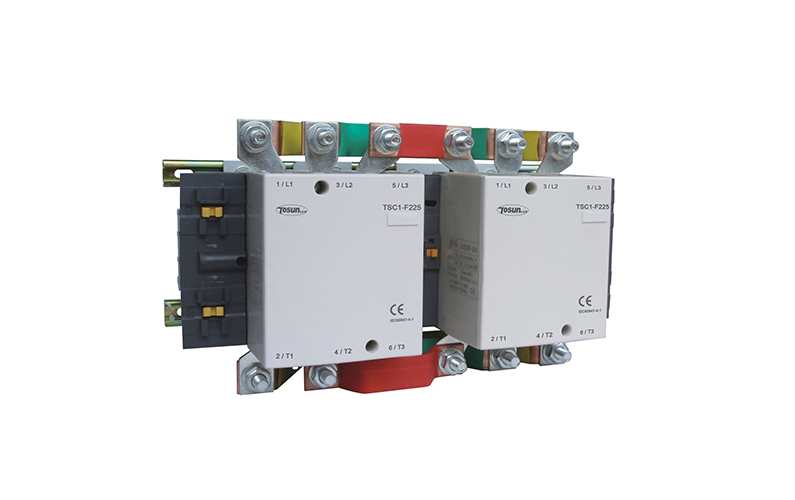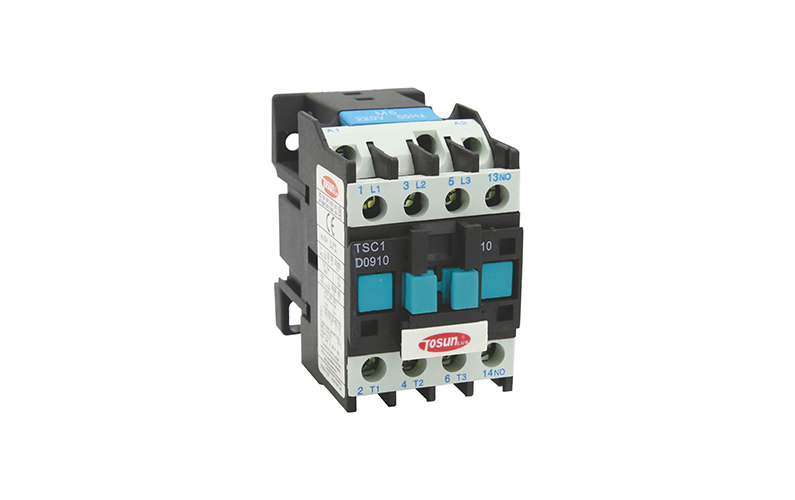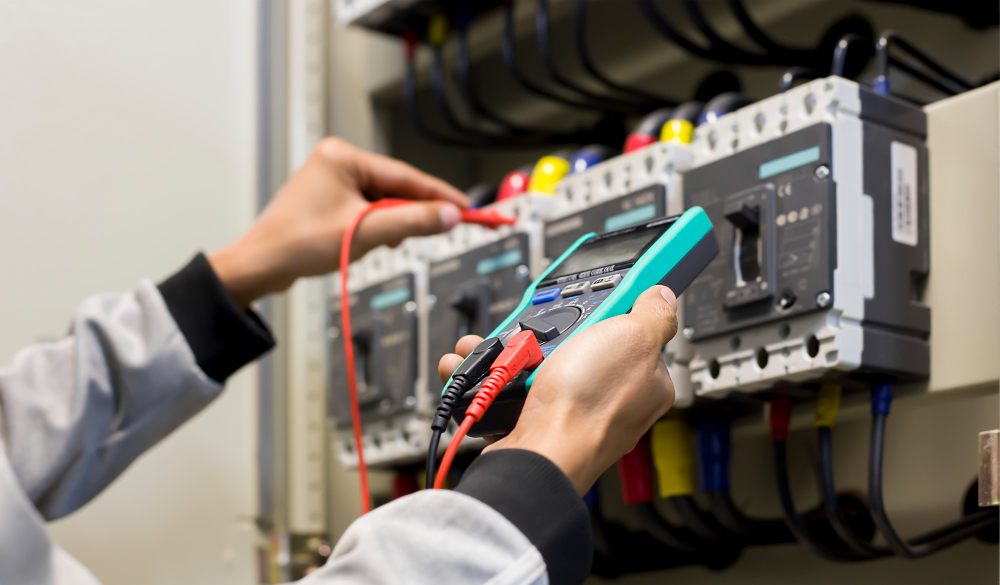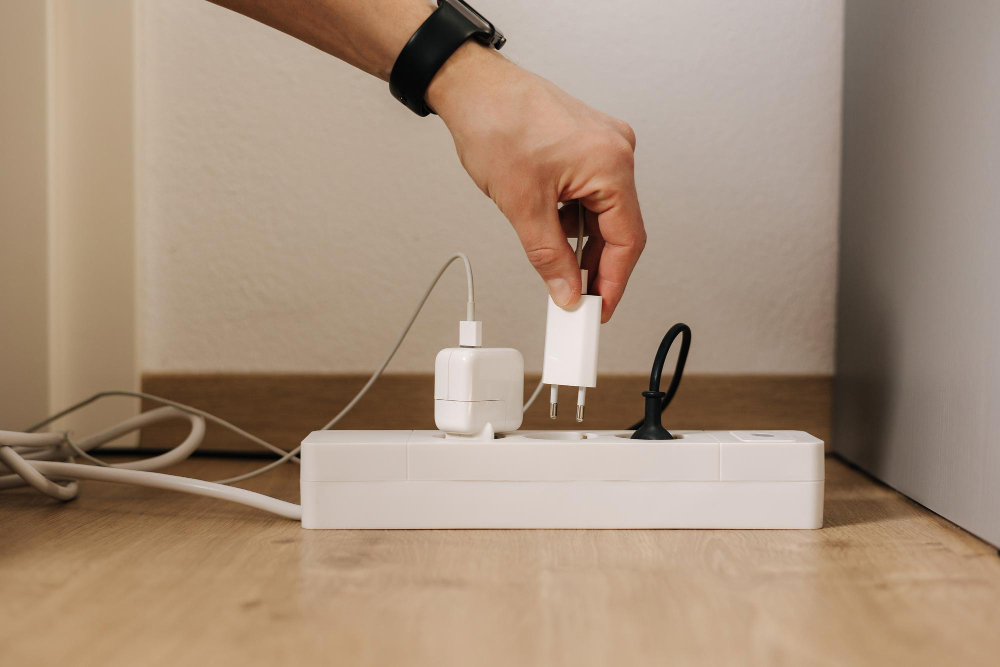Everything You Need to Know About Thermal Overload Relay
02nd Aug 2023
Electrical systems often face the risk of overheating due to excessive current flow, which can lead to equipment damage, safety hazards, and system failures. Thermal overload relays are crucial protective devices designed to monitor and protect electrical circuits from such thermal overloads. In this comprehensive guide, we will delve into the functioning, applications, and key considerations for thermal overload relays. What is a Thermal Overload Relay? A thermal overload relay is an electromechanical protection device that monitors the current flowing through an electrical circuit. It is typically used in combination with contactors or motor starters to protect motors and other electrical equipment from overheating due to excessive current. The relay operates based on the principle that increased current leads to a rise in temperature in the circuit components. How Does a Thermal Overload Relay Work? The thermal overload relay consists of a bimetallic strip and a tripping mechanism. The bimetallic strip is made of two different metals with different thermal expansion coefficients bonded together. When current passes through the relay, the heat generated causes the bimetallic strip to bend due to the differing expansion rates of the metals. As the current increases, so does the strip’s bending, which ultimately trips the relay. The tripping mechanism operates based on the extent of bending of the bimetallic strip. When the strip reaches a critical point, it activates the tripping mechanism, which opens the electrical contacts of the relay, interrupting the circuit and stopping the current flow. Once the circuit cools down, the bimetallic strip returns to its […]
Read More : +86-139 0587 7291
: +86-139 0587 7291 English
English Español
Español Русский
Русский Français
Français العربية
العربية Português do Brasil
Português do Brasil Українська
Українська Türkçe
Türkçe Polski
Polski Nederlands
Nederlands Italiano
Italiano Bahasa Indonesia
Bahasa Indonesia हिन्दी
हिन्दी اردو
اردو አማርኛ
አማርኛ Հայերեն
Հայերեն ไทย
ไทย Монгол
Монгол فارسی
فارسی Shqip
Shqip Ελληνικά
Ελληνικά









